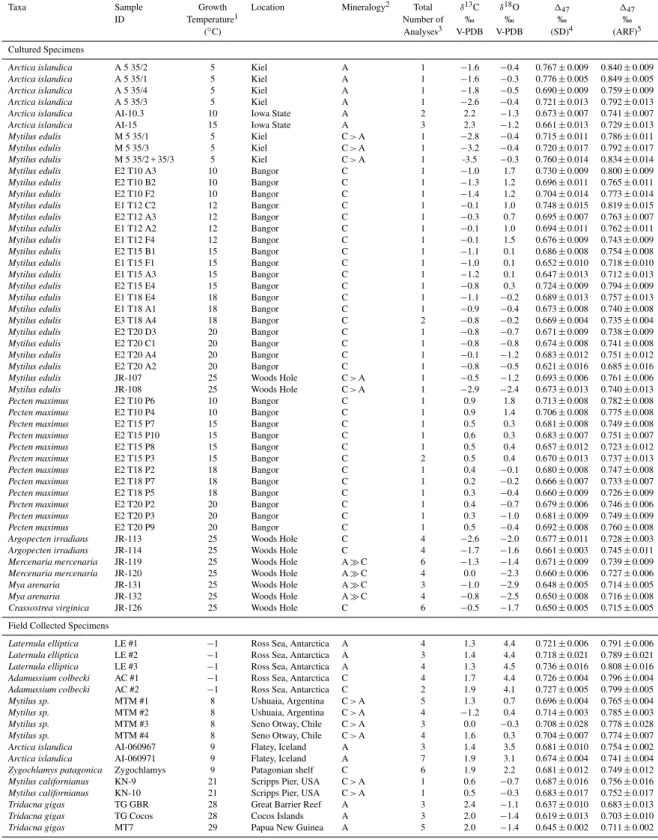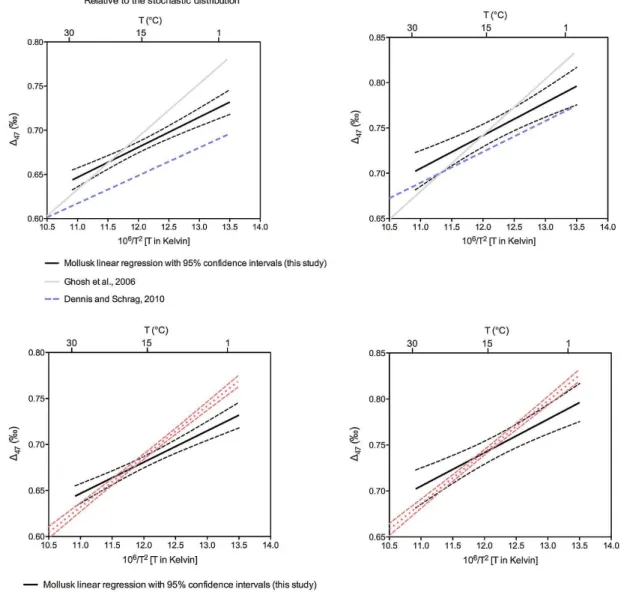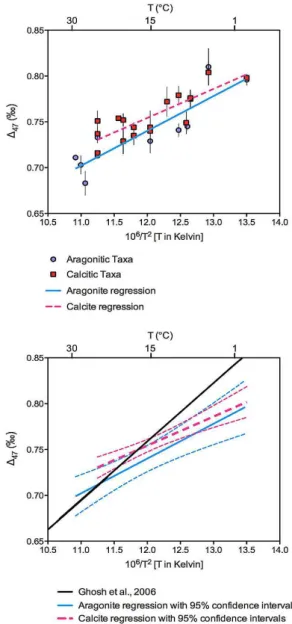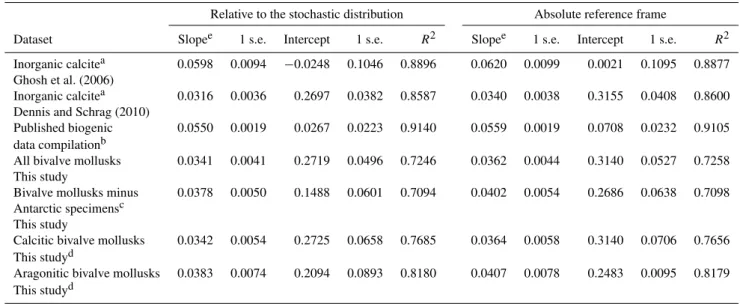The influence of temperature and seawater carbonate saturation state on <sup>13</sup>C–<sup>18</sup>O bond ordering in bivalve mollusks
Texto
Imagem
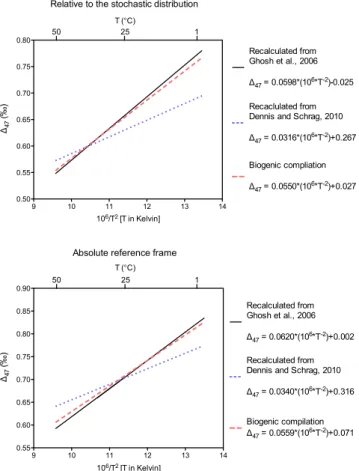
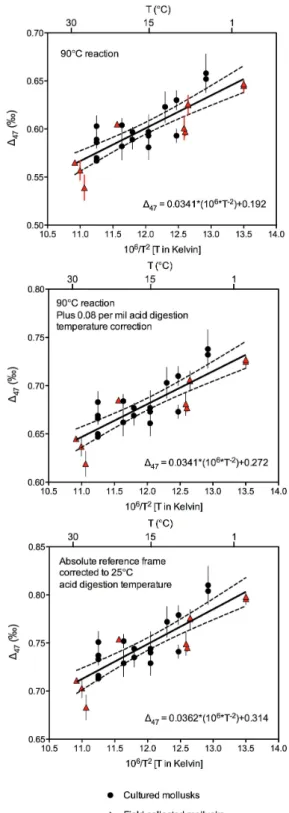

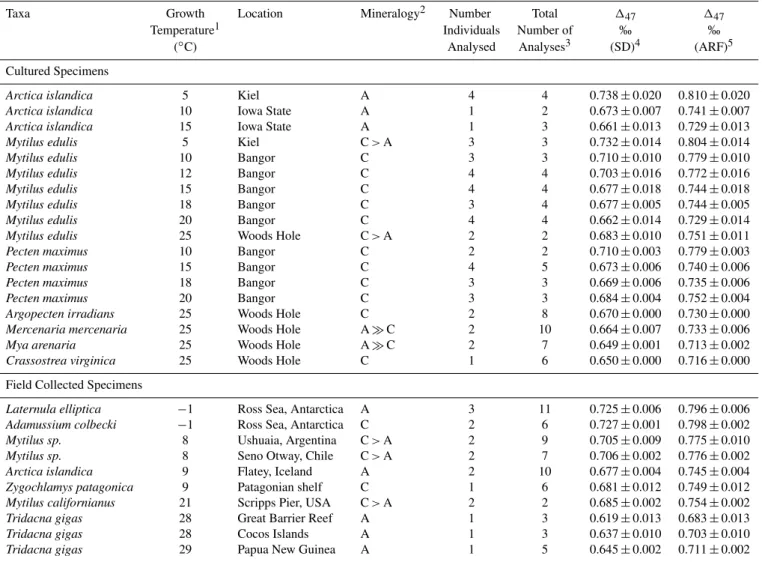
Documentos relacionados
For example, the second mode of variability in the pre-industrial state (Fig. 11b) has a similar spatial distribution to the dominant mode of vari- ability of anthropogenic uptake
Hence if reaction ( 1 ) is the primary removal process for methane we would expect smooth seasonal cycles in the mixing ratio of methane following those of OH with a phase shift of
The whole discussion about the inadequacy of hydrological models we have witnessed of late, is related to the wrong concept of what a model is.. Good models
Three assumptions were made for discussing the 90 Sr dis- tribution in the waters off Japan in May–June 2011: (i) the Sr peak in direct oceanic release into the Pacific Ocean took
This may be a consequence of the very high sea-ice di ff usivities (SID) that have been allowed in the ensemble leading to increased brine rejection and AABW production. + 0.83 in
1, at high-altitude, such as those covered by Interball-2 and Cluster, because of the finite lat- itudinal extent of the heating region, the conjugate action of ion heating
The rate constants determined over the 227 K–400 K range show very low scatter and are significantly greater, by 20% at room temperature and by 15% at 227 K, than the
Our method can be used to produce synthetic isotope reference gases for δ 13 C-CH 4 in air at various mixing ratios. Further, additional components (e.g. N 2 O, CO 2 , CO)
